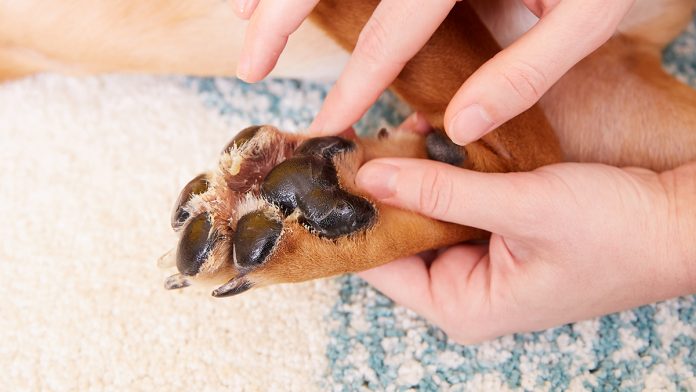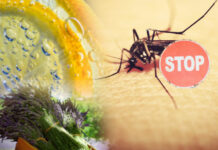Dog owners are seemingly aware of the potential harms cracked pads can cause to a canine’s health.
Pads serve as the dog’s first line of defense when going for a walk in the nearby par of going on a long hike. And while slight cracks don’t seem to hurt them, it can lead to much bigger issues that will certainly cause all sorts of problems.
So that’s why we’re here to see whether or not cracked pads are really an issue for your dog. With all that said, let’s start.
Is It or Isn’t an Issue?
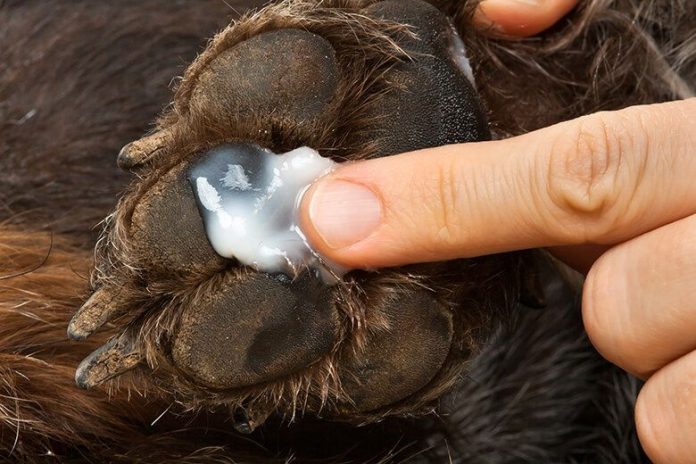
As canine owners, it’s our job to take care of our dog. It is also our responsibility to provide them with love and affection. One way we bond with our dogs is by going on walks, playing fetch, and giving hugs, among others.
Due to various environmental and internal factors, a canine’s pads start to crack. At first, this doesn’t seem to be dangerous and your dog will not show signs of pain.
But if the pads go through extensive damage, then there might be some causes for concern. After some time, the pads will start to bleed and your dog will certainly feel it.
When this happens, the first thing to do is to call the vet. After consulting with the vet, you’ll realize that cracked pads are a cause for concern; meaning they are an issue.
The next logical step is to do something about it. So let’s explore your options.
How To Take Care Of Your Dog’s Cracked Pads
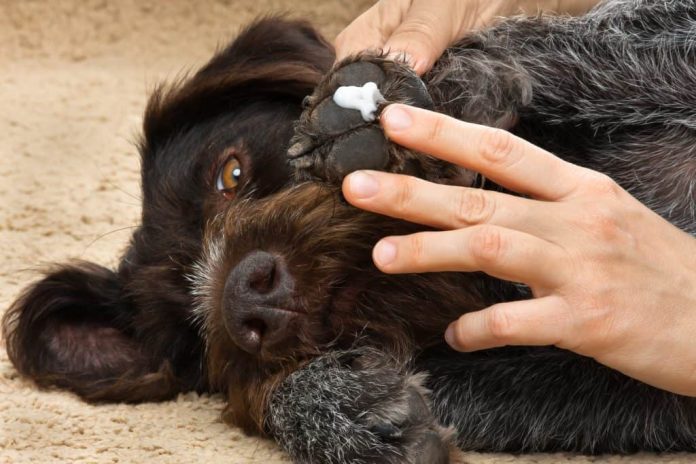
As a dog owner, it is your responsibility to inspect our dog’s pads. We do this to make sure they’re in good shape and to inspect for cracks. If the pads are cracked, then it’s very easy for thorns to get stuck. This might cause swelling if not removed and will eventually turn painful.
While bleeding is the worst-case scenario, there are things you can do to prevent it from happening.
· Don’t Go Out On Hot Pavement
When it comes to minimizing exposure to environmental factors that cause cracked pads, walking on hot pavement is one of the ones to look out for. High temperatures in the summer months can make our dog’s life very miserable. From difficulties of coping with the heat to making it hard to walk on asphalt or hot pavement, the summer months have never been worse for our dogs.
Walking on hot pavement is one of those things that you want to avoid doing at all times. While that can be hard at certain times, it is something that you absolutely must do. To make sure your dog can go out and actually walk on the asphalt is to check the temperature. We do this by placing the back of our hand on the ground and keeping it there for seven seconds. If you cannot handle the heat, then you shouldn’t take your dog out.
If they must go out for potty walks, then keep it short and try to walk on the grass.
Long exposure to hot pavement can cause significant damage to their pads. Since the pads are part of the skin, it’s important that you look after them with love and care. For more information on that, make sure to visit superdog for more information.
· Avoid Walking On Salt-Treated Sidewalks
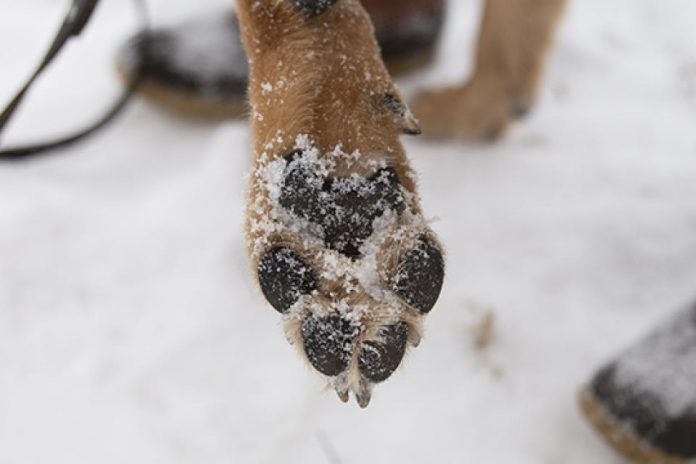
We’re moving on from the summer months and onto the winter periods. If you thought that the summer heat was bad, wait until you see what winter has in store.
The winter period brings snow, ice, and salt to melt both. The problem here is that snow and ice can also cause damage to your dog’s pads. But salt is the bigger problem in all this. Namely, salt can be potentially dangerous for your dogs as it is toxic for them. Since we use salt to melt snow and ice on our streets, there is a very real chance that your dog might end up with some of it in its mouth.
The obvious solution to this is to simply stay away from salt-treated sidewalks and streets.
· Protect Them With Boots
While most dogs don’t look forward to wearing boots, they are absolutely necessary in many cases. Especially during the winter and summer months, specially designed canine boots can help prevent many issues. From cracked pads to ice and sunburns, your dog will end up appreciating it more than what it shows.
· Wash And Dry
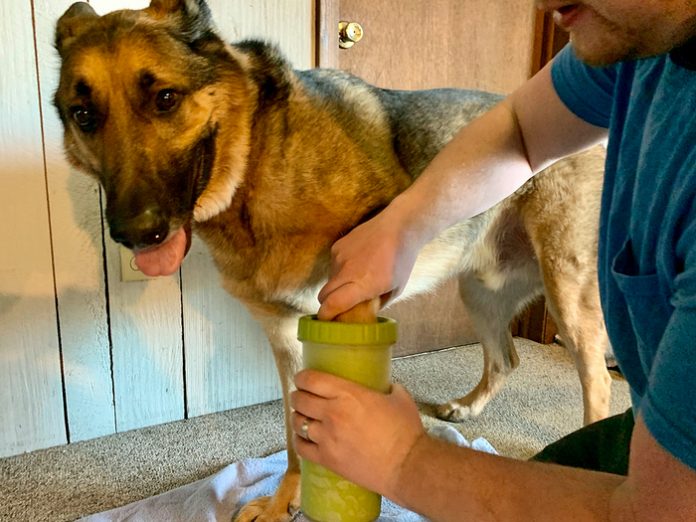
Prevention is key when it comes to minimizing the damage done to their pads. Experts advise on washing their pads after going out; especially in the winter months where they can get salt of their pads.
While salt isn’t necessarily dangerous for their pads, it can be dangerous if your dog ends up licking its paws due to wanting to smoothen the cracks. That’s why you should make washing and drying after a walk a regular thing in the winter months.
· Trim Down Excessive Fur Between Their Toes
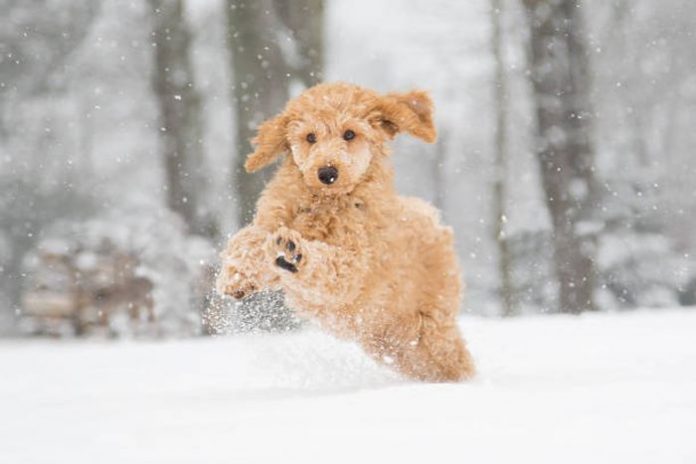
While playing in the snow, our dogs will eventually end up with snowballs on their paws. The areas that mostly get covered with snowballs are the toes and the areas between. Snowballs get attached to fur and they can be very difficult to remove sometimes as they’re a combination of ice and snow. To easily remove them, make sure to wash with warm water. Another thing to do is to make sure snowballs don’t happen in the first place. To do that, grab the electric razor and cut the fur between the toes.
Regardless of how you plan on removing snowballs, make sure to always keep the area between the toes nice and trimmed. Snowballs can make things very uncomfortable for your dog.
Moisturize Your Dog’s Paws
Many of these measures will help protect your dog’s paws, but what if your dog’s paws are already dry and cracked? What should you do?
One great solution is to get a dog paw balm that will help moistures your dog’s feet and keep them feeling comfortable. Dry and cracked feet can lead to pain or even bleeding, so its important to prevent this issue before it gets serious. Dog paw balms can be applied daily to maintain perfect paw health throughout the Winter and Summer periods. For product recommendations, check out this site.
Conclusion
To answer whether or not cracked pads are a problem, we have to look at what causes them. We know that excessive heat can make walking surfaces unbearable for our canines. More so, the winter months bring with them all sorts of other problems. So the answer is a definite yes.
